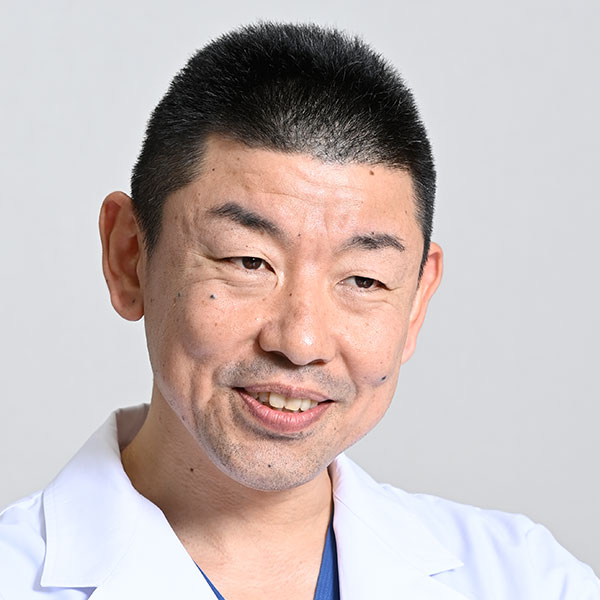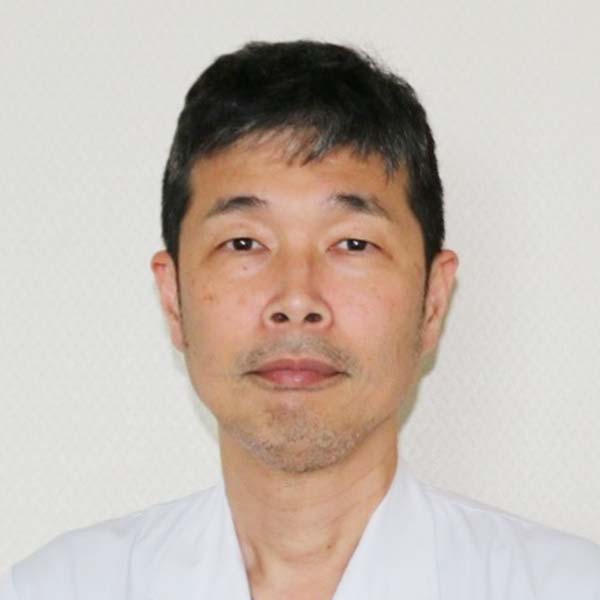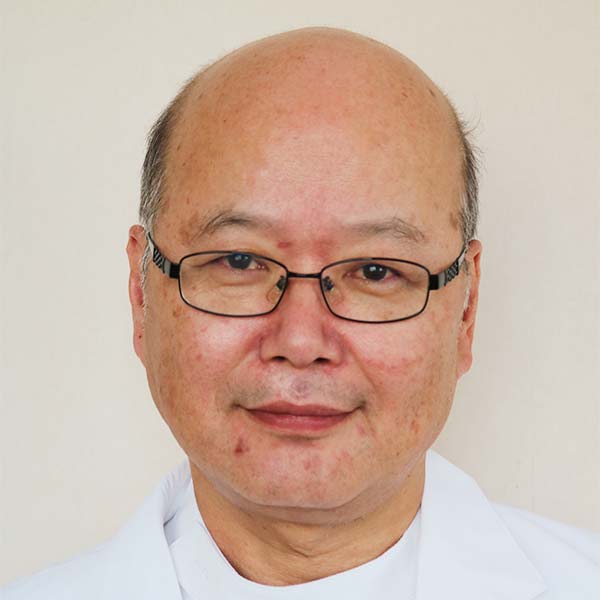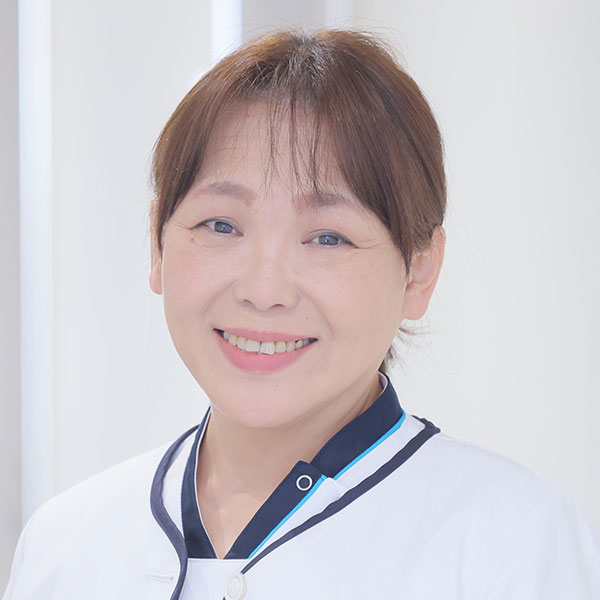
Dr. Satoshi Kuroyanagi serves as the President of Kishiwada Tokushukai Hospital, a leading institution within the Medical Group Tokushukai, Japan’s largest medical organization. Under his leadership, the hospital has seen significant advancements in patient-centered healthcare. In 2022, his team successfully conducted 441 heart surgeries, including complex procedures like Transcatheter Aortic Valve Replacement (TAVR) and Thoracic Endovascular Aortic Repair (TEVAR). In addition to these complex cases, the hospital consistently performs a wide range of heart and vascular surgeries. Dr. Kuroyanagi specializes in treating complex and severe cases involving chest and heart vascular conditions. He is highly skilled in minimally invasive cardiac surgery (MICS), an innovative technique gaining prominence in modern cardiac care. In 2022 alone, he led 151 surgeries, focusing on MICS for aortic and mitral valve disorders. His expertise in coronary artery bypass graft (CABG) surgeries, particularly in the off-pump coronary artery bypass (OPCAB) method, highlights his dedication to advanced and patient-friendly surgical practices.
Dr. Kuroyanagi’s commitment to personalized care is evident in his approach to developing tailored treatment plans that are designed specifically for each patient’s unique condition. His focus on reducing patient wait times through an efficient scheduling system has allowed surgeries to be performed within just two weeks, ensuring prompt and effective care for all patients. His leadership continues to drive Kishiwada Tokushukai Hospital to new heights in healthcare excellence.Learn more.
Dr. Shoji Oura has been serving at Kishiwada Tokushukai Hospital since January 2020, where he re-established the Breast Surgery Department after a long period without a dedicated specialist. Prior to joining the hospital, Dr. Oura was a professor at Wakayama Medical University, where he played a pivotal role in training numerous breast specialists through his expertise in diagnosis, surgery, drug therapy, and research. In addition to his teaching and clinical work, Dr. Oura was actively involved in advancing breast cancer screening in Wakayama—working closely with physicians to promote screening and, through lectures and study groups, helping enhance the breast cancer care capabilities of medical professionals. Dr. Oura brings his extensive knowledge and experience to Kishiwada, aiming to serve the community and elevate the standard of breast cancer care.Learn more.
Dr. Hiroyuki Matsumoto has been serving as the Chief of Neurosurgery at Kishiwada Tokushukai Hospital since April 2013, following his tenure at Wakayama Medical University. With over 20 years of experience in treating strokes, Dr. Matsumoto has witnessed remarkable advancements in medical technology, particularly in the development of minimally invasive surgical techniques aimed at reducing the physical burden on patients. His mission is to bring cutting-edge stroke treatment to the Senshu region, ensuring that patients can receive safe, advanced care.
Dr. Matsumoto is also dedicated to public education on stroke care. Under his leadership, the neurosurgery department created an informational booklet titled The Frontline of Stroke Care to help patients and families better understand the condition.Learn more.
Hitomi Matsuda serves as Chief Nursing Officer (CNO), leading nursing services across the Senshu region with a focus on patient safety, compassionate, patient-centered care, and staff development. Guided by the philosophy “Nursing that Reaches the Heart,” she strengthens collaboration with community providers and applies lessons from COVID-19 to sustain reliable, high-quality nursing for patients and families.
Appointed Chief Administrative Officer (CAO) on August 1,2025, Yukihisa Mochida returns to Kishiwada after four years and four months. As the hospital expands—new building and beds from 341 to 400—he will strengthen systems that bring advanced medical care to the Senshu region, reinforce the Emergency and Critical Care Center, and deepen collaboration with community providers to promote appropriate role-sharing across the continuum of care.









